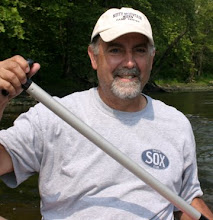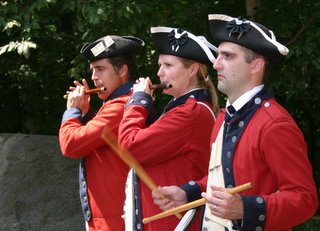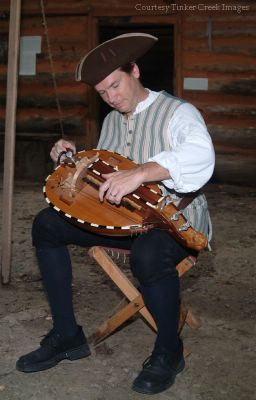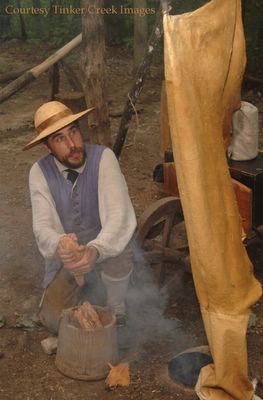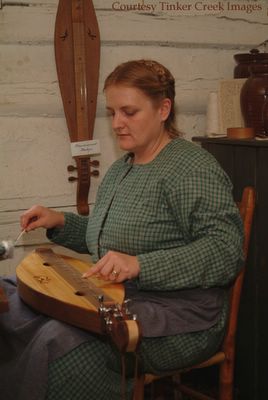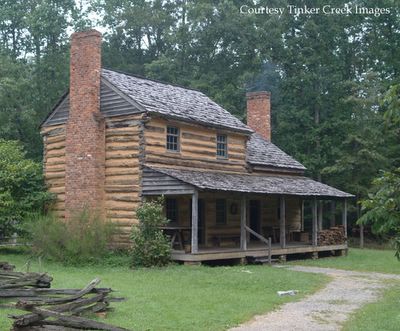
Each new settlement required the establishment of
militia for protection. Militia bylaws differed by settlement. Counties of the originial 13 Colonies usually designated a Lieutenant to form, drill, and maintain the unit. Frontier militia were usually formed by large land-holders, politicians, or men with military background. It was generally assumed that all able-bodied men between the designated ages, usually 18 and 60, were to regularly attend militia drills, or "Musters". Those eligable, but chosing not to attend, would have fines levied against them. Each man was responsible for providing his own musket, powder, and amunition.
For the Common Defense. Meeting places initially were the local forts of stations, and as the counties and towns were established, the local taverns, or county courthouse were the most common meeting places.
 The Explore Park provides living displays of life in South-west Virginia spanning the 17th, 18th, and 19th centuries. The Park's 18th Century Colonial Fort is a reproduction of Fort Vause, a strategic "Station" that was located just south of Roanoke/Salem in what today is Shawsville. Frontier Forts of Southwest Virginia
The Explore Park provides living displays of life in South-west Virginia spanning the 17th, 18th, and 19th centuries. The Park's 18th Century Colonial Fort is a reproduction of Fort Vause, a strategic "Station" that was located just south of Roanoke/Salem in what today is Shawsville. Frontier Forts of Southwest Virginia
